What is dance? Dancing can be defined as the body movement to express emotions and stories. This expression does not necessarily require language; therefore, even if performers and viewers do not use the same language, the audience can understand what performers want to convey through their movements. Surprisingly, it is not the only limitation that dance overcomes. Some performers dance to share traditional stories and emotions, bringing the past with today’s audiences. Hence, dance is an art that transcends language barriers and time to connect people. I came to this conclusion while watching the O-Jak Bridge Art & Dance Festival.
On Nov. 16 and 17, 2024, the O-Jak Bridge Art & Dance Festival (O-Jak Bridge Festival) was held at the Broadway Performance Hall next to Seattle Central College. This festival is an annual dance and performing arts. This year’s theme was “Scheherazade: One Thousand and One Nights.”
Seventy-two performers and 30 staff members prepared for the festival. MiYoung Seul Margolis, the founder of the O-Jak Bridge festival, provided a ticket for The Seattle Collegian to cover the event.
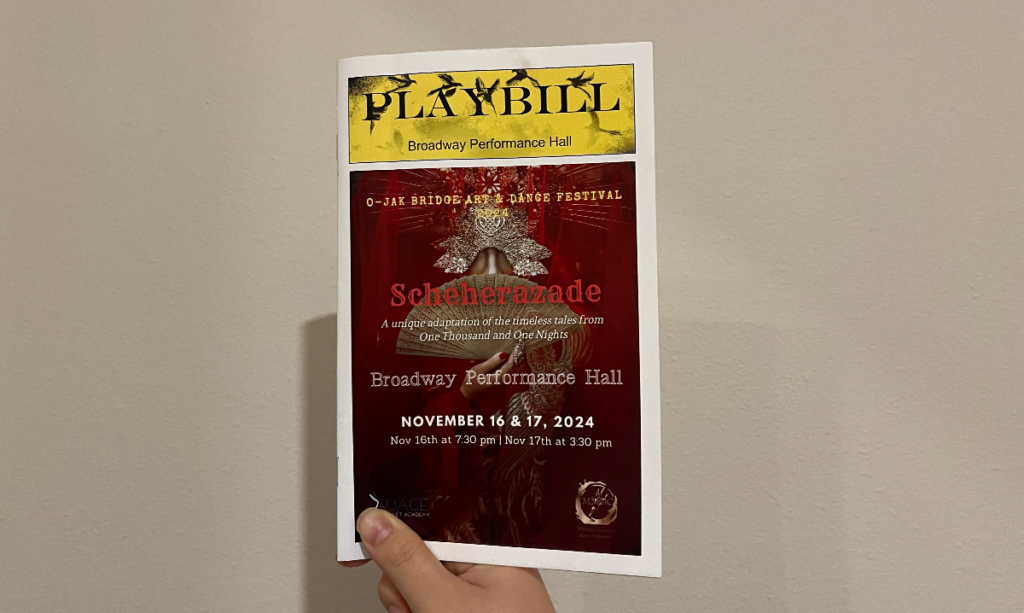
The performance consisted of three chapters: “The King’s Return,” “Scheherazade’s Nightly Stories,” and “The Wedding.” Before diving into my appreciation for the performance, let’s first discuss the origins of O-Jak Bridge and Scheherazade.
O-Jak Bridge originated from an East Asia folktale, which tells the sad story of a married couple. There was a very diligent man favored by the Jade Emperor, who introduced his daughter to him. After the emperor’s daughter and the man married, their relationship faltered. Jade became angry and forced the married couple to live on opposite sides of the Milky Way. They cried a lot because they couldn’t meet each other. Their tears caused a flood, creating problems for animals and people. Animals and people came together to find a solution and decided that crows and magpies would form a bridge with their bodies across the Milky Way to let the couple meet once per year. Thanks to this solution, the tears ceased. This bridge was called the O-Jak Bridge.
Scheherazade is a mythological character from “One Thousand and One Nights,” also known as “Arabian Nights.” In this tale, there was a sultan who didn’t trust women because he had witnessed his queen being unfaithful. Traumatized by this, he killed every woman he married the morning after their wedding night for three years. One day, Scheherazade married the sultan and told him various stories each night to save her life. Fortunately, he liked her stories, didn’t kill her, and eventually married her.
Act Ⅰ – The King’s Return
The beginning of “The King’s Return” is “Villagers’ Dance.” A ballerino and ballerinas danced with tambourines, while another ballerino and ballerina performed a flag dance. This seemed to inform the audience about the presence of a village and someone of authority.


After the flag dance, a queen appeared on stage with others. The performance, titled “A Long Wait, Queen’s Story,” left me wondering who was waiting and for what.

During the fourth and fifth subchapters of “The King’s Return,” two ballerinos–a king and a lover–came to the stage and expressed a story and emotion through ballet. It seemed like the king tried to keep his relationship with the queen while the lover attempted to steal her away.
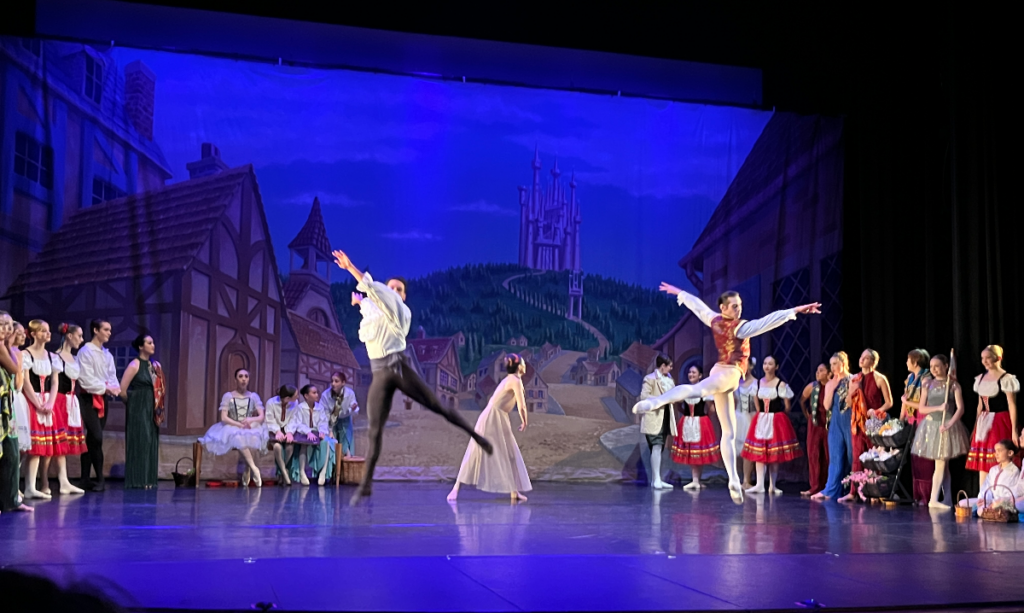
The dancing of the king, the queen, and the lover was emotional; therefore, audiences could infer the story and connect it to “One Thousand and One Night.” Finally, the king became discouraged and fell down on the floor after seeing the queen and lover’s relationship.

Midway to the queen’s story, there were three ballerinas, and one of them was Scheherazade.

Act Ⅱ – Scheherazade’s Nightly Stories
There was a prelude, six subchapters called “Night,” and a wedding proposal connected to the next chapter, “The Wedding.” In the prelude, nine performers brought traditional lanterns and danced with them. At the end of every Night, dancers tilted lanterns as if pouring water onto a book. To me, the lanterns represented stories, and the dancers poured each night’s story into the book. It seemed to represent captivating the king with her interesting stories every night.

In the second chapter, there were six Nights: Night 1, Night 2… Night 6. The Nights showcased various performances inspired by different cultures, including tap dance, Hallyangmu (a Korean traditional dance), a fashion show, and Japanese calligraphy.

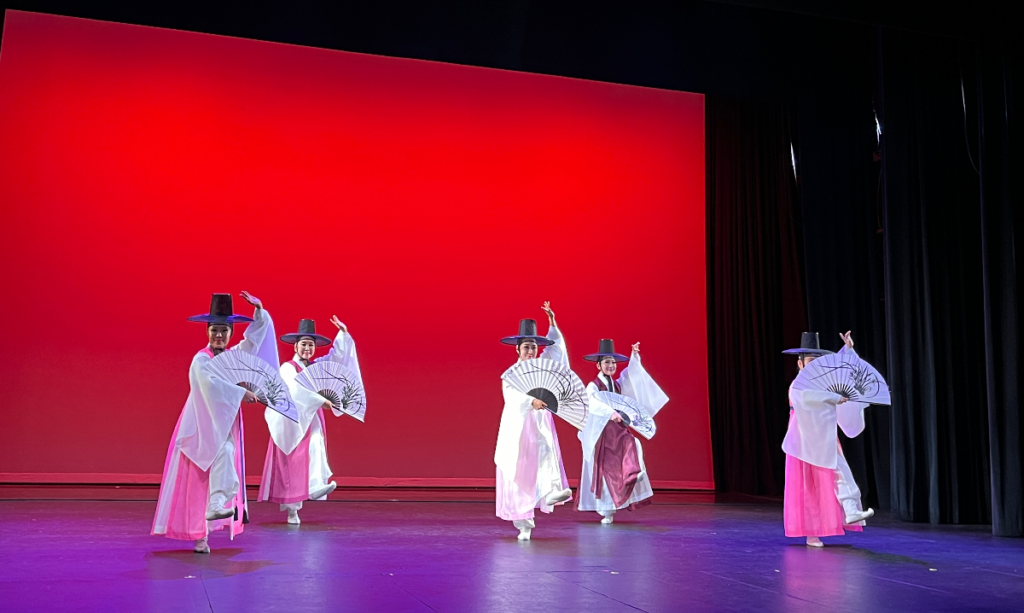



Every Night was impressive, but the most unforgettable Night was Night 5, Bharatnatyam and Odissi. The artists performed a dance that was originally performed at Indian temples. There were two types of dancers during the subchapter Night 5: rule breakers and peacekeepers.


At the beginning of the performance, the difference between the two types of dancing was obvious. Rule breakers’ movements were fast, noisy, and destructive, but the peacekeepers’ movements were calm. I expected that those two parties would get into a fight and the peacekeepers would win, as is common in stories featuring a conflict between good and evil. However, at the end of the Night 5, rule breakers and peacekeepers found harmony and balance. It was unexpected, but after watching the performance, I expanded my thoughts and understood that good and evil can coexist in harmony and opposition. Thanks to the performance, I was able to expand my perspective. This change of thought was what the performance tried to achieve as O-Jak Bridge Festival’s mission is to “create a space where multicultural art forms come together, bringing divides and celebrating the beauty of cultural connection, peace, and creativity.”
After the ‘Nights’ finished, the king proposed to Scheherazade at the end of Act Ⅱ – Scheherazade’s Nightly Stories.
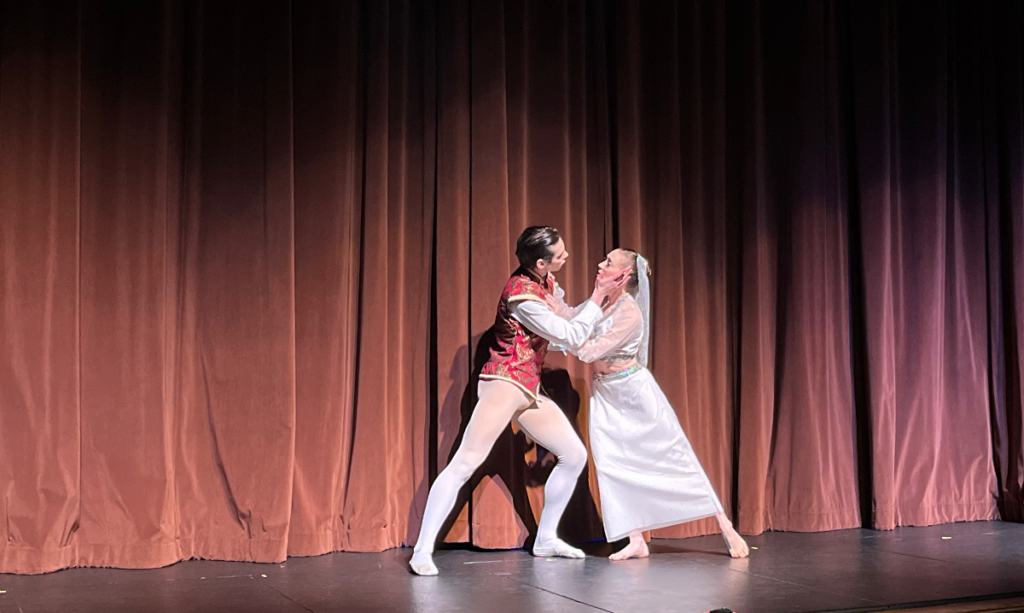
Act Ⅲ – The Wedding
After the wedding proposal, the wedding procession and ceremony were presented during Act Ⅲ. There were five performances as a wedding procession and six as a ceremony. The composition of the wedding procession and ceremony was similar to Act Ⅰ and Act Ⅱ. The wedding procession was filled with ballet and modern dance, but the wedding ceremony consisted of various dance genres except for “Blossom of the Heart,” the second performance of the ceremony.








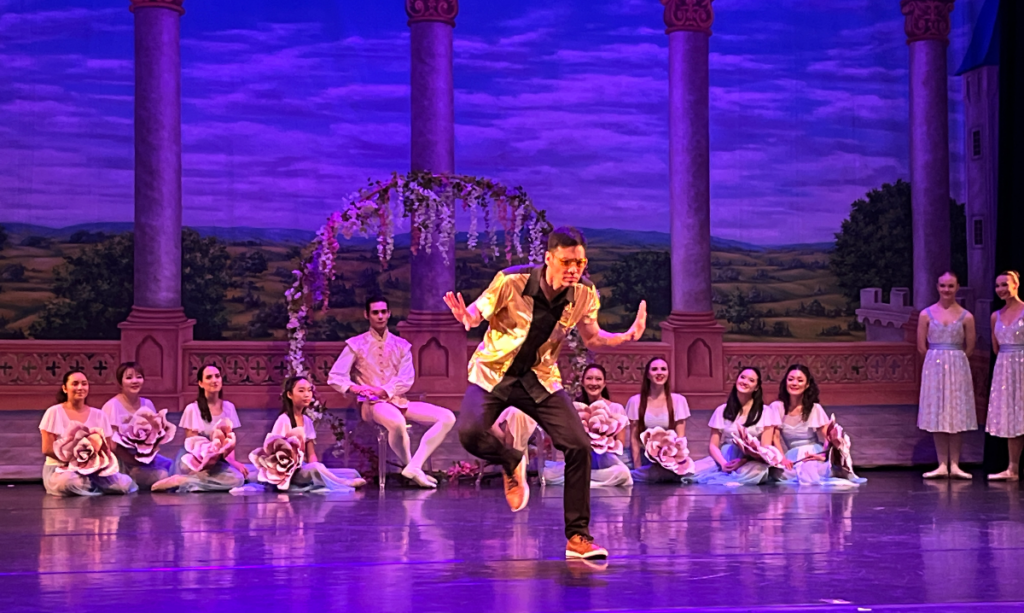


It was a great opportunity to watch this performance, which tells a story about the Middle East in combination with other cultures. During the performance, I tried to interpret the intention of the director and the performance. At the time, I escaped from the real world and was immersed in their dance. It was a truly valuable experience.

Maya was born and raised in South Korea and is an international student at North Seattle College, majoring in pre-nursing. She loves drawing, Mariners, and delicious food, and enjoys sharing useful information with others — from restaurant reviews to helpful tips for Seattle College students. As a staff writer, she deeply understands the power and importance of sentences, so she hopes that every student can make the most of their campus life and receive positive energy by reading the Seattle Collegian’s articles.







Be First to Comment